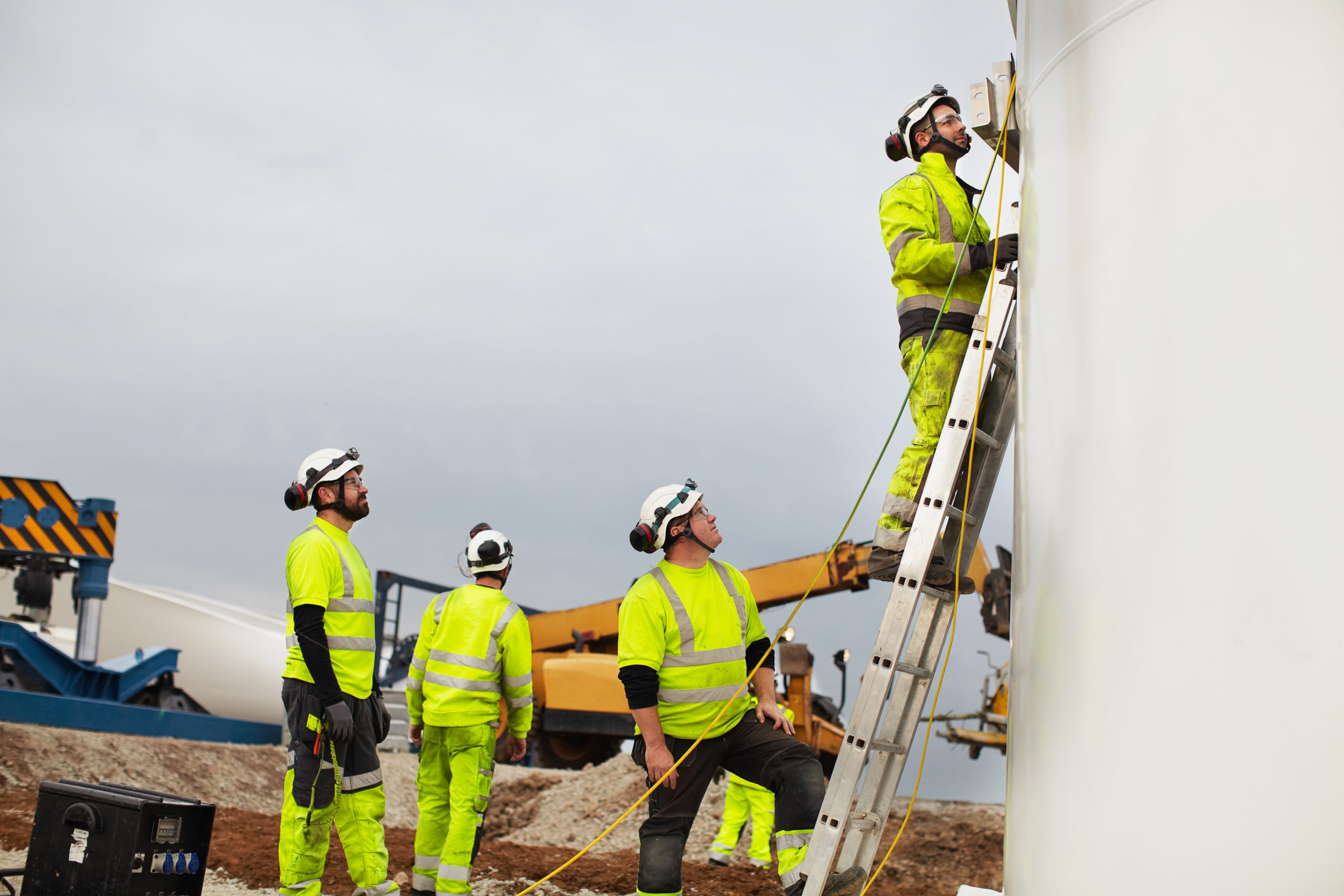
Introduction:
Human and Organizational Performance (HOP) is a framework that focuses on improving safety, quality, productivity, and efficiency in the workplace by managing the interactions between humans and the systems in which they work. HOP recognizes that errors and mistakes are an inevitable part of work and seeks to manage them by focusing on the system, rather than blaming individuals. In this white paper, we will explore how HOP can be used to improve productivity and efficiency in the workplace.
How can Human and Organizational Performance be used to improve productivity and efficiency in the workplace?
Understanding the Work System
HOP emphasizes the importance of understanding the work system, including the physical and human factors that contribute to work processes. By understanding the work system, organizations can identify and address inefficiencies, redundancies, and bottlenecks that may be impeding productivity and efficiency. As noted by Dr. Todd Conklin, a leading expert in HOP, “HOP is about understanding the work as it actually happens, not as it is supposed to happen.”
Reducing Variability
Reducing variability in work processes is another way to improve productivity and efficiency. HOP emphasizes the importance of standardizing work processes and procedures to reduce the potential for errors and mistakes. By standardizing work processes, organizations can reduce variability, increase predictability, and improve overall efficiency.
Building Resilience
Building resilience in the workforce is another key component of improving productivity and efficiency in the workplace. HOP recognizes that humans are fallible and that errors and mistakes will occur. By building resilience in the workforce, organizations can improve their ability to respond to unexpected events and maintain productivity and efficiency in the face of adversity. According to Dr. Erik Hollnagel, a leading expert in resilience engineering, “Resilience is the ability to adjust to changing circumstances without compromising safety, quality, or productivity.”
Encouraging Continuous Improvement
Encouraging continuous improvement is another way to improve productivity and efficiency in the workplace. HOP emphasizes the importance of learning from mistakes and near-miss incidents and using this knowledge to make improvements to work processes and systems. By encouraging continuous improvement, organizations can identify and address inefficiencies and improve overall productivity and efficiency.
Providing Adequate Resources
Providing workers with adequate resources is another key component of improving productivity and efficiency in the workplace. HOP recognizes that workers need the necessary tools, equipment, and support to perform their jobs effectively. By providing workers with the resources they need, organizations can improve productivity, reduce errors and mistakes, and enhance overall efficiency.
Conclusion:
In conclusion, using HOP to improve productivity and efficiency in the workplace requires a system-focused approach that emphasizes understanding the work system, reducing variability, building resilience, encouraging continuous improvement, and providing adequate resources. By adopting these strategies, organizations can improve safety, quality, productivity, and efficiency in the workplace.
As noted by Dr. Todd Conklin, “HOP recognizes that humans are the most important part of any work system and that their interactions with the system are what drive safety, quality, productivity, and efficiency.” By managing these interactions effectively, organizations can create a work environment that is safe, productive, and efficient.
As Dr. Sidney Dekker, another leading expert in HOP, notes, “The most effective safety measures are those that create a culture in which errors and mistakes are seen as opportunities for learning and improvement.” By adopting a culture of continuous learning and improvement, organizations can foster a work environment that is both safe and efficient.
References:
Conklin, T. (2018). Pre-Accident Investigations: An Introduction to Organizational Safety. CRC Press.
Hollnagel, E. (2014). Safety-II in Practice: Developing the Resilience Potentials. CRC Press.
Dekker, S. (2011). Drift into failure: From hunting broken components to understanding complex systems. Springer Science & Business Media.